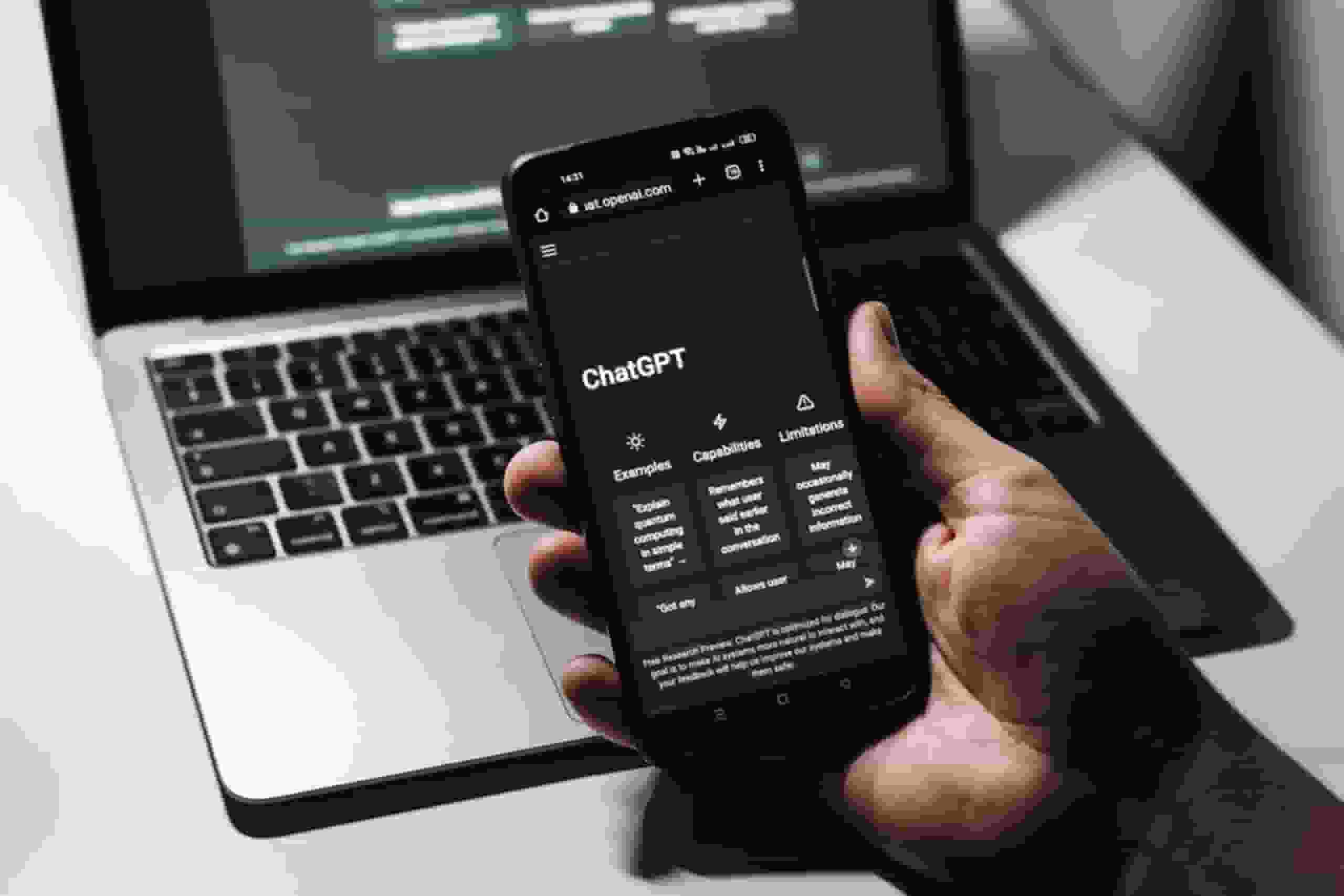
Microsoft is moving forward at top speed, incorporating the new Bing into all of its services and products.
As a result of the push, artificial intelligence specifically text-based interfaces like chatbots has once again become the subject of excitement for major corporations.
How Useful AI Chatbots Are?
The business said on Wednesday that developers may now use ChatGPT’s application programming interface, or API, allowing businesses to incorporate the chat feature and responses into their platforms.
Among the first partners experimenting with incorporating ChatGPT are Instacart, Snap, and the tutoring software Quizlet. Three months ago, OpenAI made ChatGPT available to the public, and the tool’s astounding capacity to produce original essays, stories, and song lyrics in response to human requests astounded many users.
The initial wave of interest in the tool rekindled competition among IT companies to create and integrate comparable AI technologies into their offerings. Each of the original businesses using OpenAI’s API has a slightly different idea of how to use ChatGPT.
Yet, when combined, these services may serve as a means of gauging how practical AI chatbots can be in daily life and how eagerly users are willing to engage with them in their favorite apps for customer service and other purposes.
These businesses are ahead of what may turn out to be a land rush on chatbots and AI-powered text generators, which is a lot like the growth of social video formats like Stories that have plagued applications and services in recent years.
Although speaking to a chatbot is not appropriate for every app, there is a significant probability that we will soon be able to do so in most of the most popular ones simply because there is a demand for it.
Read more: NASA: 2 of the brightest planets will be close together; How to watch?
ChatGPT ‘My AI’

Meanwhile, ‘My AI’ is included in Snapchat’s chat section and is intended to be customized. Users are urged by Snap’s release to give ‘My AI’ a name and a unique chat wallpaper. Similar to Bing, Snap uses OpenAI’s ChatGPT large language model (LLM), but is customized for Snapchat.
The firm is now restricting My AI to subscribers of Snapchat+ and doesn’t have a specific purpose in mind for the chatbot beyond the same kind of experimenting you can already conduct with ChatGPT.
My AI is essentially an extremely sophisticated toy that you may converse with in a manner similar to how you might chat idly with friends throughout the day, but one that might develop into something more unique and personalized over time as Snap broadens its personalization options.
According to Evan Spiegel, CEO of Snap, more language models may eventually be added in addition to OpenAI. Before committing to including any additional AI elements in its current services, Meta released a sizable language model for a study called LLaMA as part of a more cautious strategy.
The mention of “AI personalities” by Mark Zuckerberg, though, is intriguing. Although Meta’s previous public chatbot efforts were mostly a failure, one of the things devoted users have found most intriguing about the new Bing and ChatGPT before it is the chatbots’ hazy sense of personality.
Read more: Cogitat: Can stroke patients benefit from mind-controlled virtual reality games?

